Editor’s Note: This post is written by a member of LTV’s sponsored content team, The Leisure Explorers. Do you own a Leisure Travel Van and enjoy writing? Learn more about joining the team.
Northeast by South, Lots Of Fish, With A Bit Of Wine, Too
Part one of my best-spots-to-fish tour of the West included the western United States. Now, we’ll head north, northeast, and then way south to touch on just a few spots we’ve been lucky to experience. This is by no means the be-all guide to where to fish. It is just a hint of what you’ll find when you dive deeply into what’s available here.
Regrettably, Some rivers and lakes are not what they were 20 years ago due to everything from overfishing to climate factors. So, let’s look at a few more, concentrating on parts of the Canadian West and Alaska we’ve visited. We’ll probably leave several of your favorites out, but we can’t list them all.
Bow River, Calgary, Alberta
Denise and Bill Semion start a day’s fishing on Calgary’s Bow River on the “city float.”
I’ve written about this one before, here. This river is unique because it begins in the grizzly country of Banff National Park, where you might see a sow and two cubs outside the door of your LTV like we did. Still, it is mostly fished within the city limits and surrounding area of metropolitan Calgary, with a population of 1.3 million. As any angler knows, trout over 20 inches (50 cm) don’t normally live where you see high-rise buildings, but this one does. It flows through the most populated area of Alberta and is close enough to make a trip here from Winkler if you ever get to the annual LTV Rally in September.
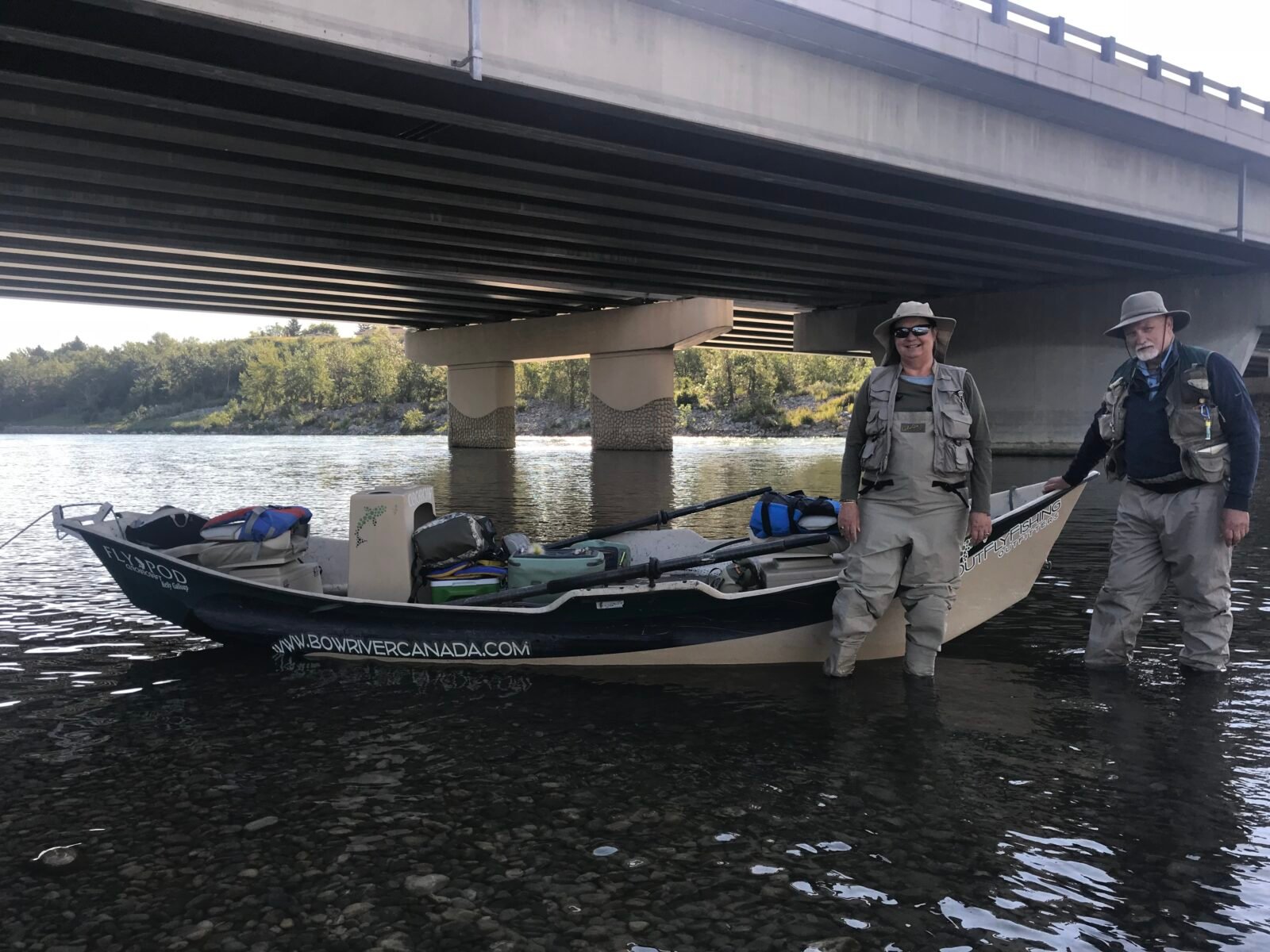
Denise and I floated the Bow within the city after booking through Out Fly Fishing, one of several shops on the Bow within Calgary, and did the “city float,” skimming nearly within view of high-rise buildings while casting a fly for rainbows and browns. The weird juxtaposition of trout and a big city is reason enough to try.
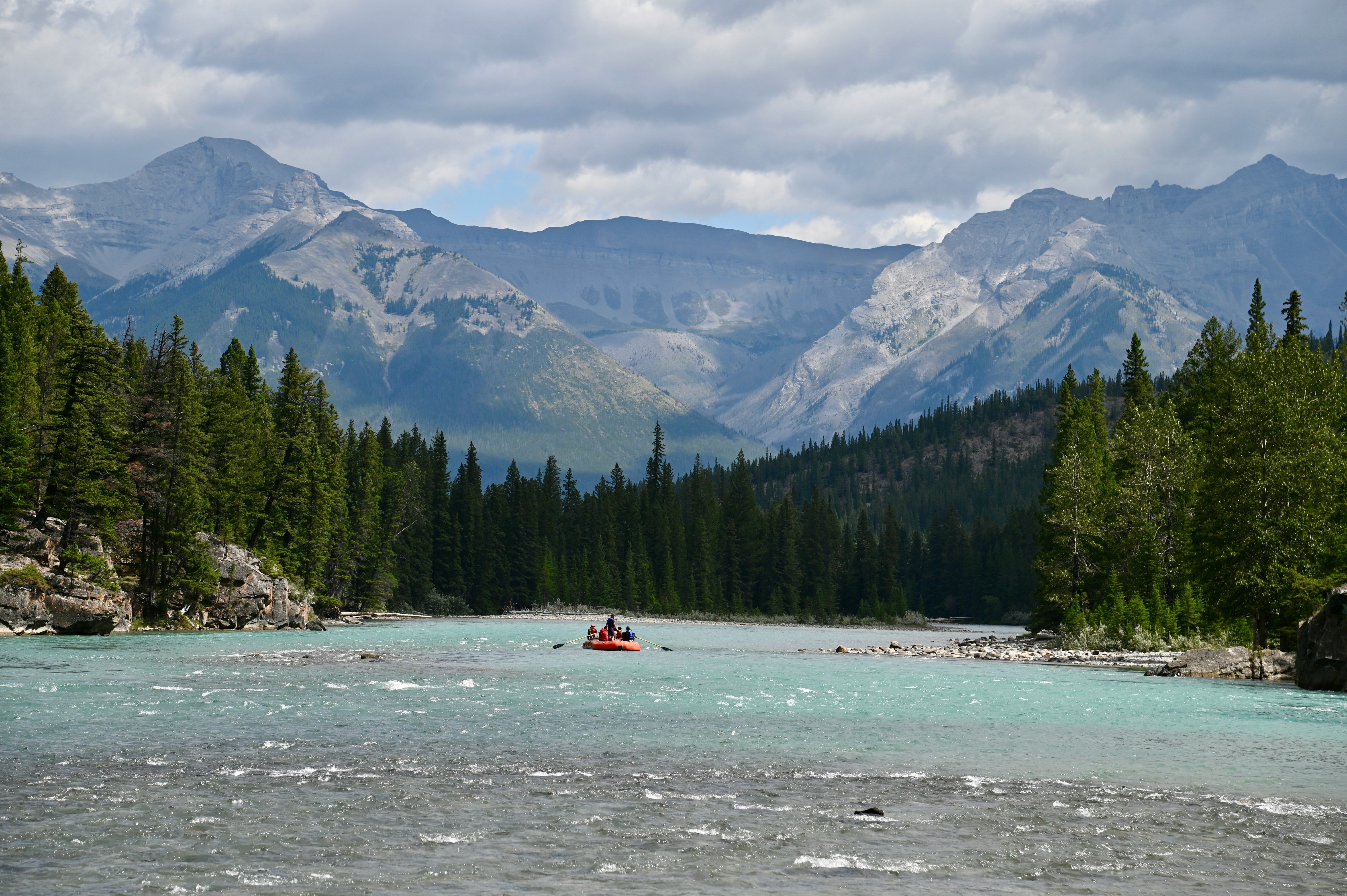
Langara Island Lodge, Babine and Skeena Rivers, British Columbia
No, you can’t drive to it in your LTV. You can take it aboard a ferry to Prince Rupert and fly there, and if you’re a diehard salmon and halibut angler, the Langara Island Lodge is one of “those places” you must try.
If you’ve never fished for halibut, you’d better start your workout regimen a few months before. You’ll be fishing deep near-offshore water with heavy weights to get the bait to the bottom where these fish dwell. Decent-size fish may be 75 to 90 pounds. Big fish over 110, and it takes good arm strength to haul these up from the depths. Salmon fishing? Perhaps not as much, but expect mighty chinook salmon up to 30 pounds coming fresh off the Pacific deep into near-shore waters. Hook one of these, and you’ll have a freight train at the end of the line making lightning runs. Catch and keep, or if you, as many are, concerned about the status of the Pacific salmon fishery, catch and release, to allow these fish to spawn and reproduce.
Don’t forget areas like the Strait of Juan de Fuca if you’re traveling to Vancouver Island. Salmon and other fish out of spots like Port Renfrew, near Victoria, and the Babine River in British Columbia, a tributary of the Skeena, both notable steelhead dream streams. Here’s a link to a movie about those rivers.
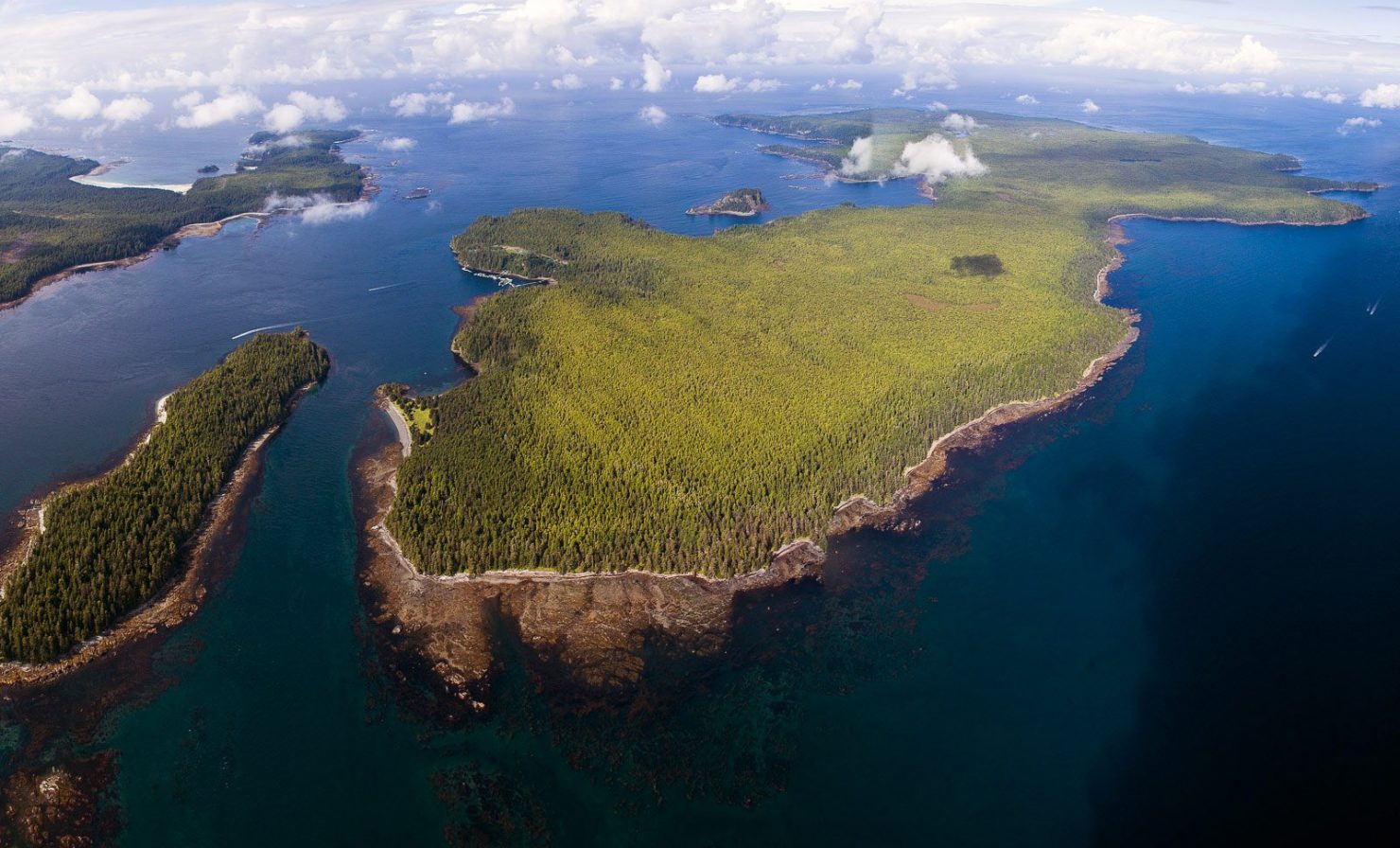
Klamath River, California
Flowing from Oregon’s Cascades and finding the Pacific near Crescent City, the Klamath is one of California’s premier salmon and steelhead streams.
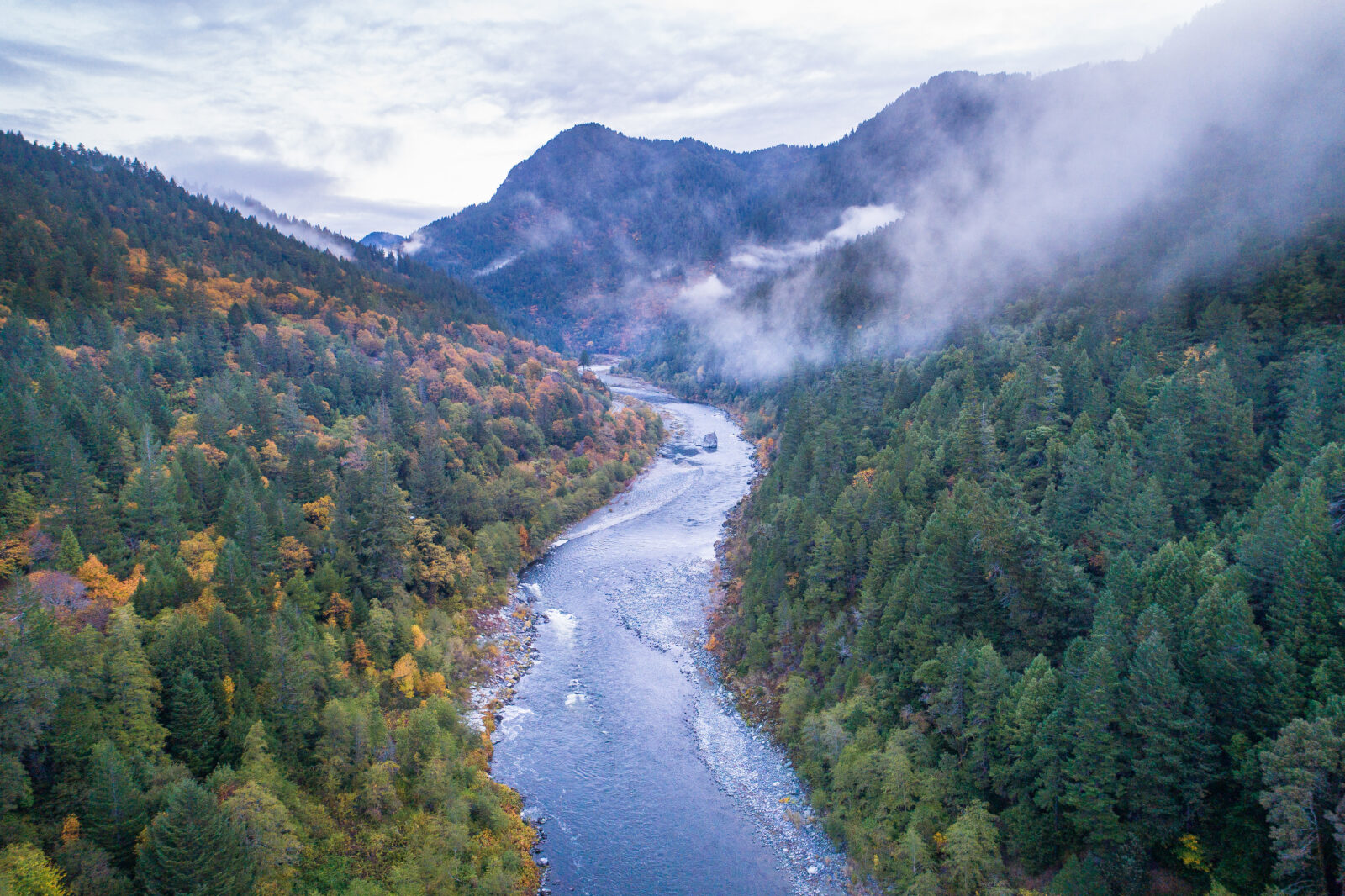
The guy who will introduce you to a few is guide Dave Jacobs. He’s also familiar with Klamath tributaries like the equally legendary Trinity River, a tremendous brown trout fishery.
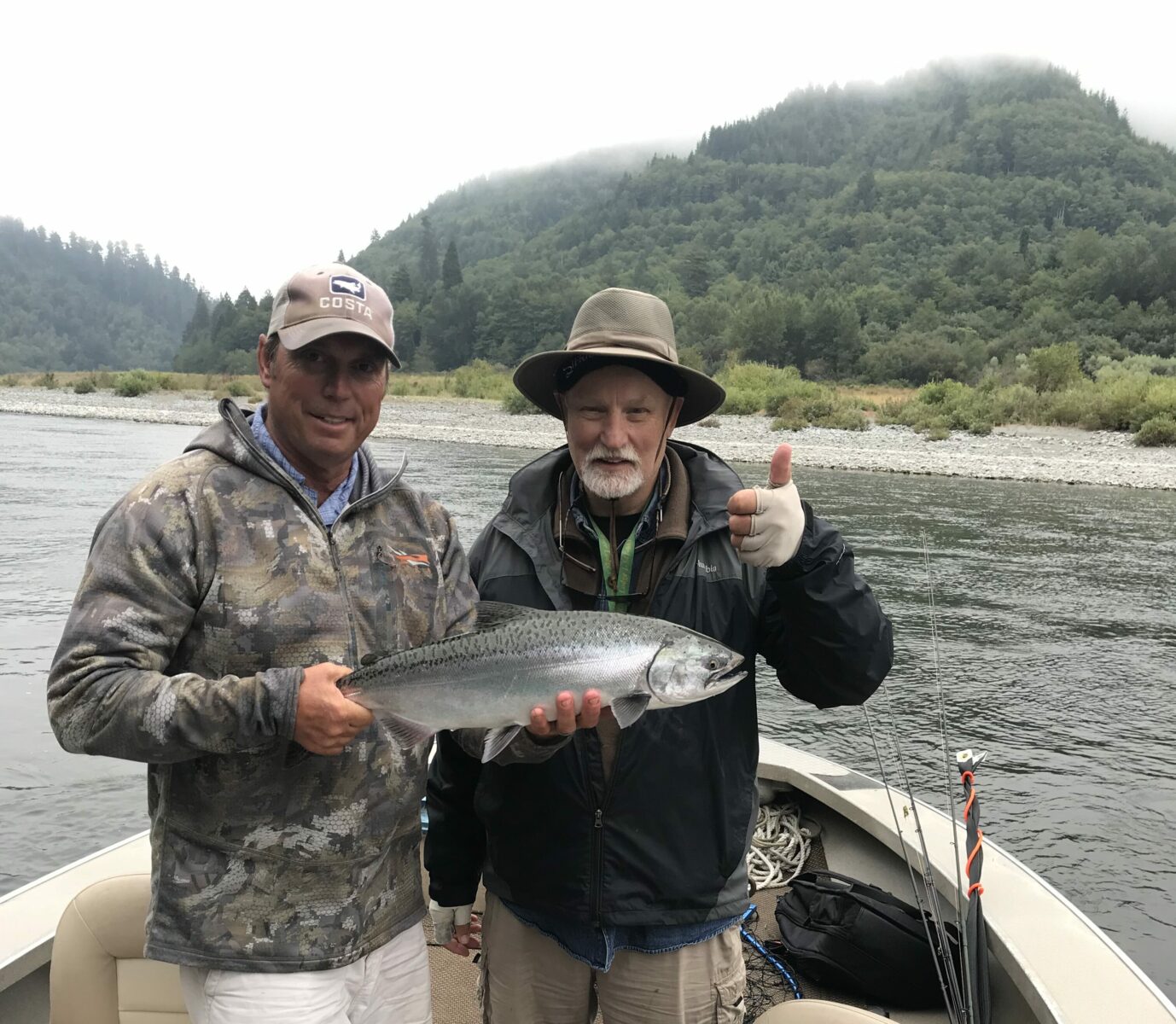
Sacramento River Stripers
Jacobs also can take you out to get sore-armed, hefting striped bass, called stripers for short, on California’s wide Sacramento. Expect fish from five to 20 pounds, some even bigger. Farther up, the Sac can yield more trout, and don’t pass up the great wineries near the Sac, including Bogle and The Old Sugar Mill, a collection of 13 wineries.
Los Barrilles, Baja California Sur, Mexico
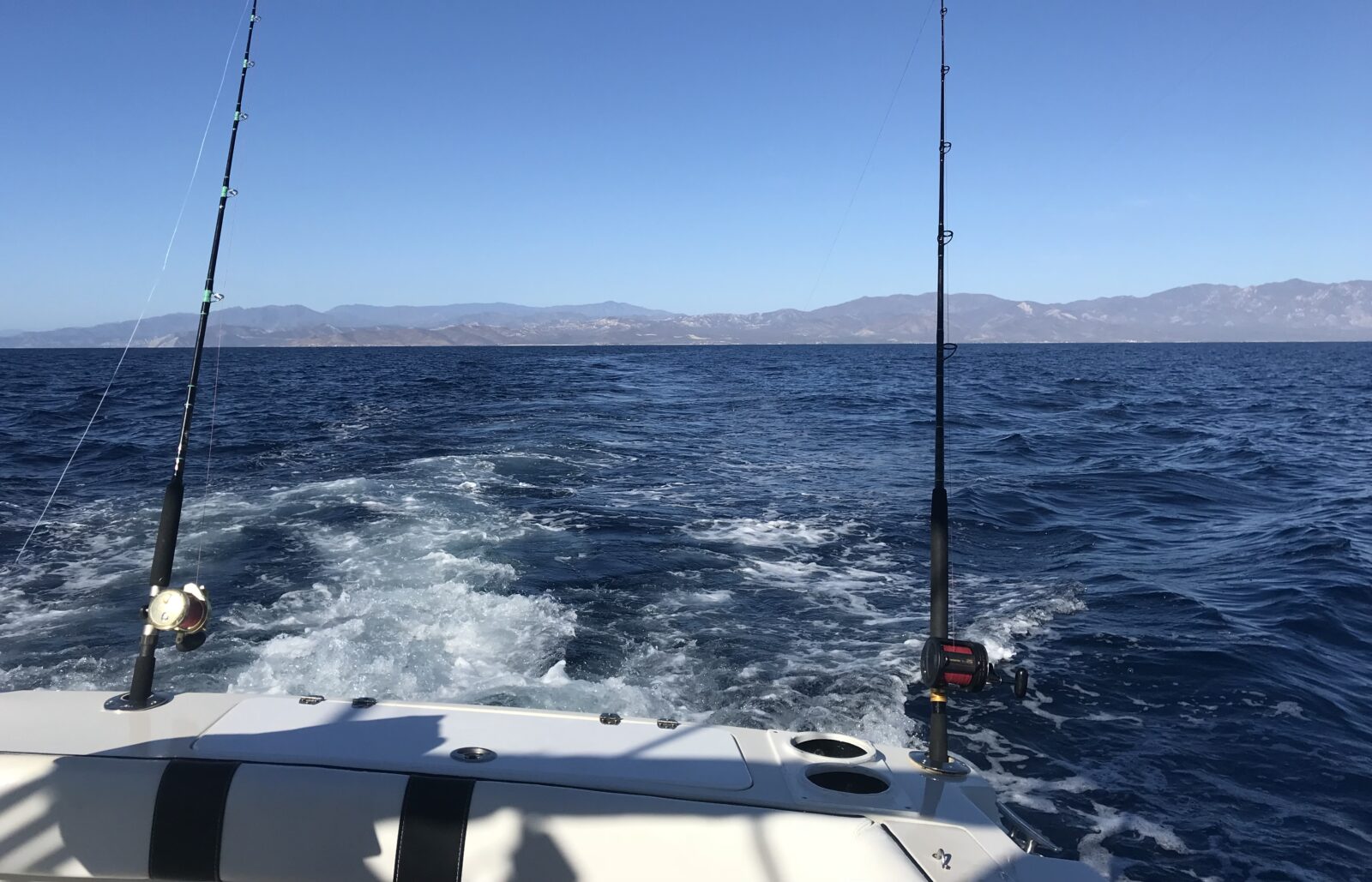
This is for all of you who head way south for the winter, meaning into Baja California, or Baja California Sur (translates to “low south”). The Sea of Cortez is deep here, meaning lots of big sport fish from Mahi Mahi (another name for Dorado or “dolphin fish,” not related to air-breathing dolphins or porpoise) to sailfish and marlin that enter from the Pacific. In October, see migrating whales, too.
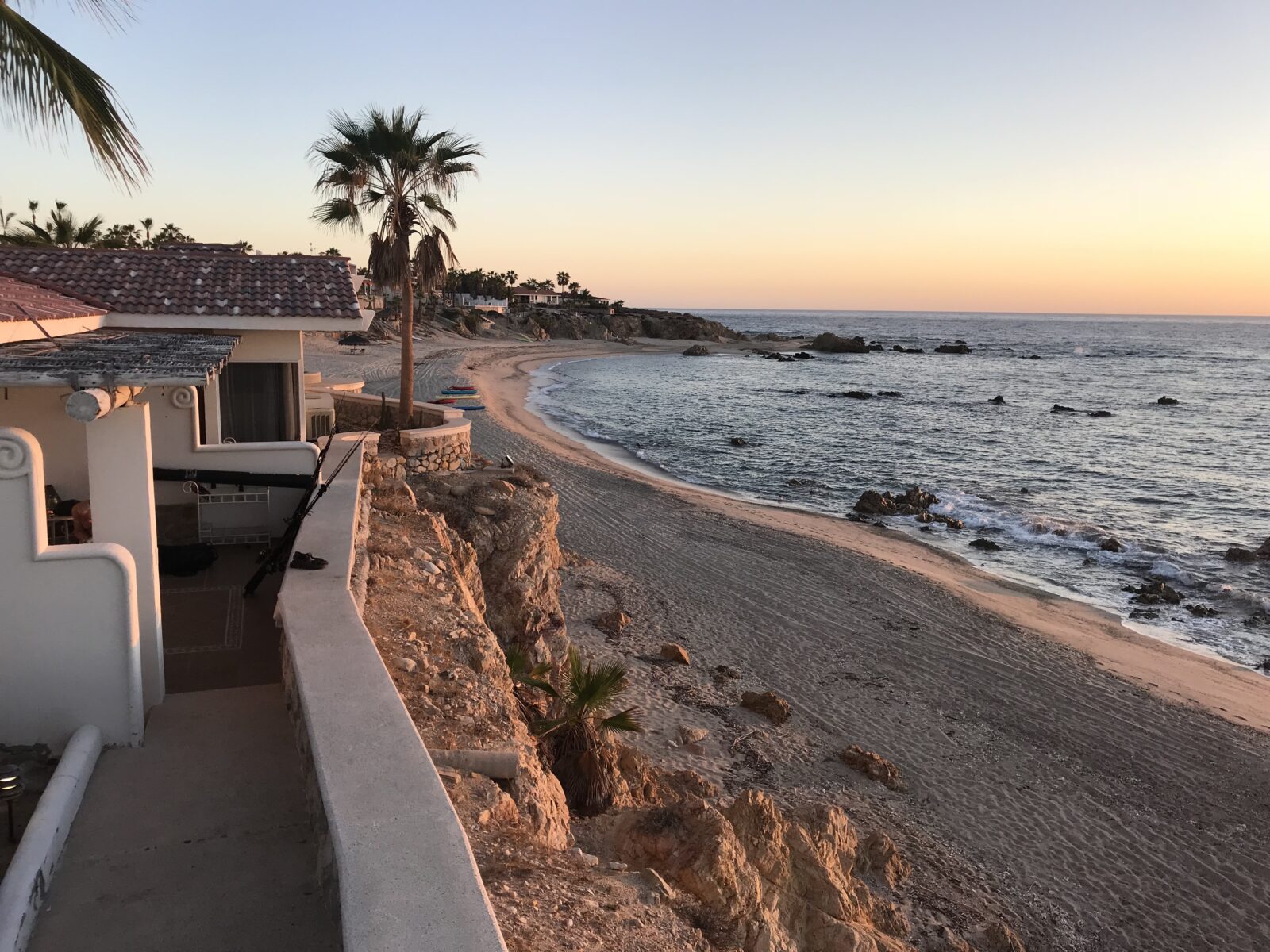
Los Barrilles is one of the destinations for gringos, with both camping and resorts available in the area. None other than author Zane Grey and John Wayne stayed here at fishing resorts like Rancho Buena Vista. One can also stay along the beach, but it’s wise to be cautious. Campgrounds include Martin Verdugo’s and also down the coast in San Jose del Cabo, a quieter alternative to raucous Cabo San Lucas. It’s off Mx Highway 1. Step out of your LTV to stay at resorts including Palmas de Cortez and closer to Los Cabos, the upscale Palmilla. Visit Todos Santos and the original, some say, Hotel California, which is an hour or so away on the Pacific side. Or, head to Loreto and the Villa del Palmar, which has lots of offshore angling.
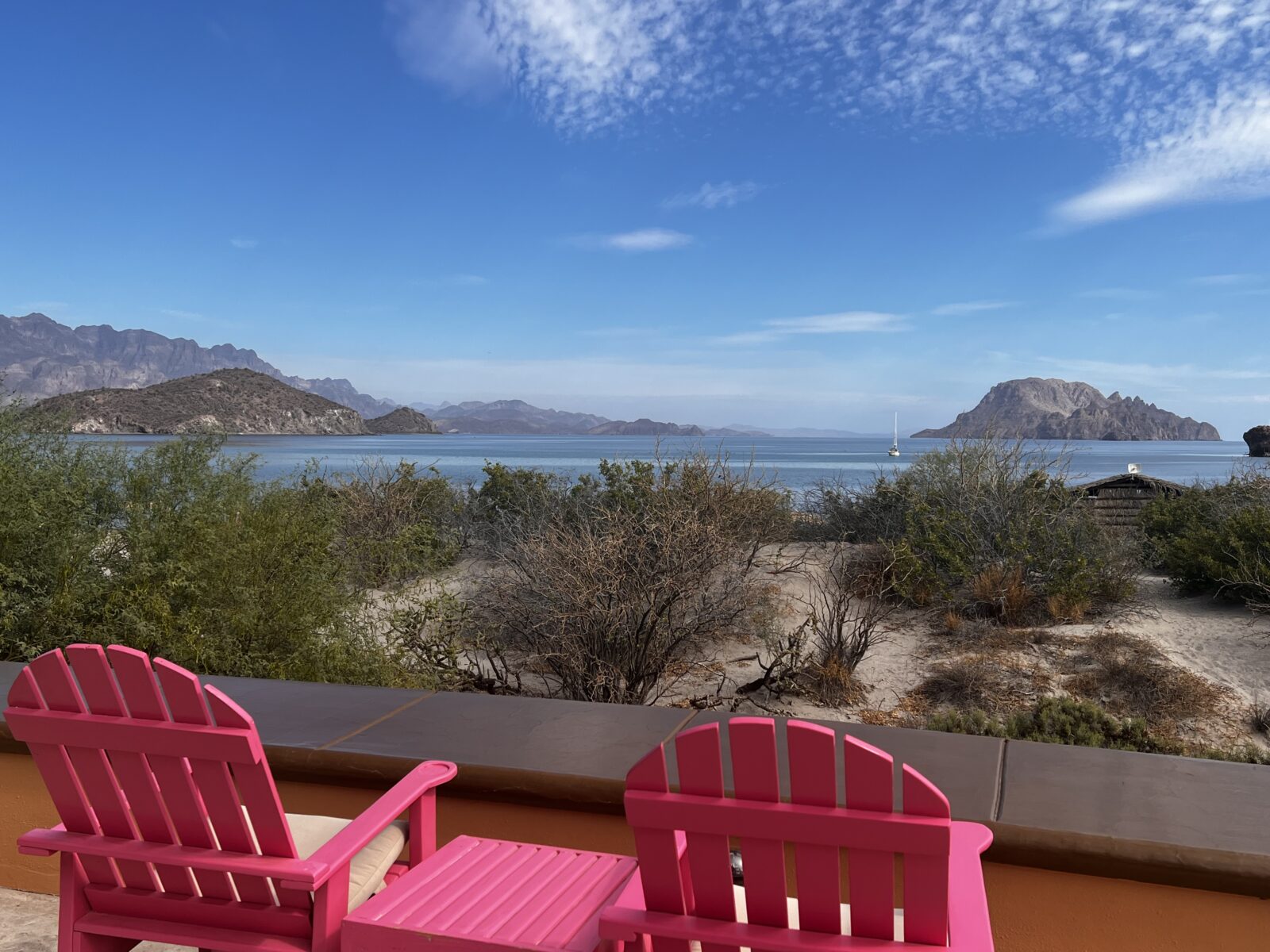
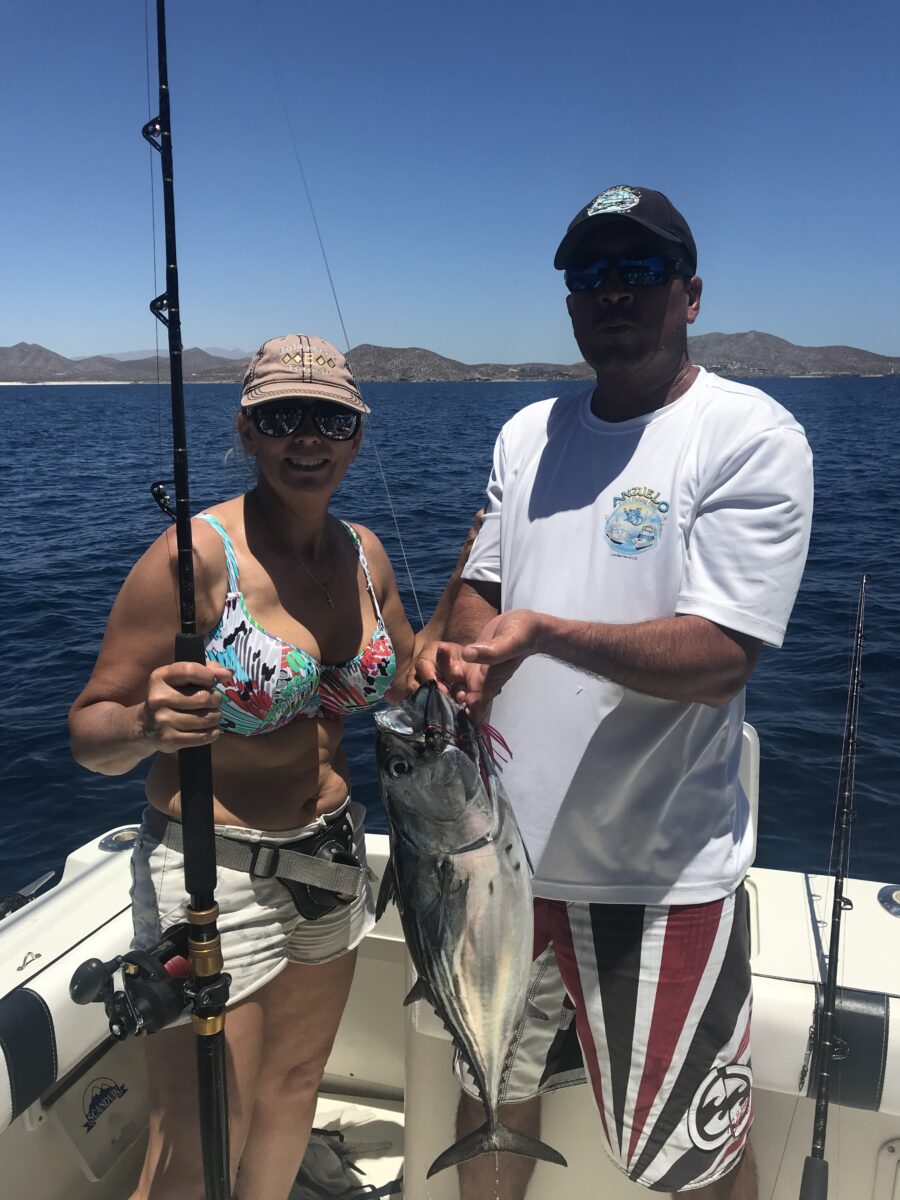
When You Go
Fishing licenses are now required in the Sea of Cortez. Arrange charters well in advance. October and spring are often the best times in Baja for fishing. The road to Punta Pescadero resort at Los Barrilles is dirt and can contain sharp rocks. Obey any travel restrictions imposed by Mexico and follow advisories posted by the U.S. State Department. Mexico’s hurricane season is from May through November, with most storms developing between July and October. Contact Dave Jacobs on his website or Facebook page. He normally does not guide on the Klamath but will put you on fish in several other salmon and trout streams. California’s once-prolific salmon runs, which have occurred for thousands of years, are in danger of disappearing. An emergency order has closed all commercial and recreational salmon fishing in California in 2024 to help its remaining salmon spawn. Steelhead season remains open. Let’s hope this dire and tragic situation improves.


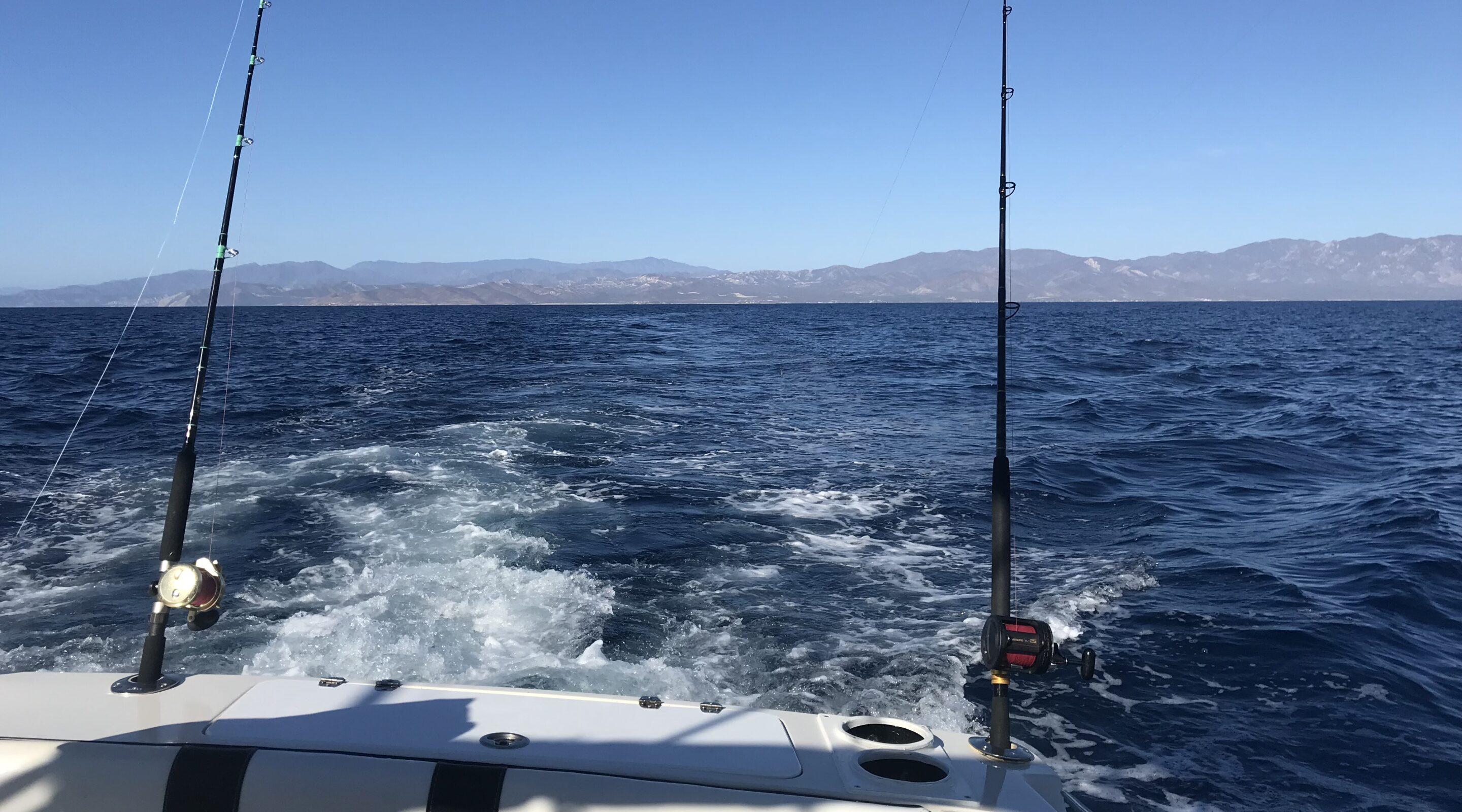



Comments